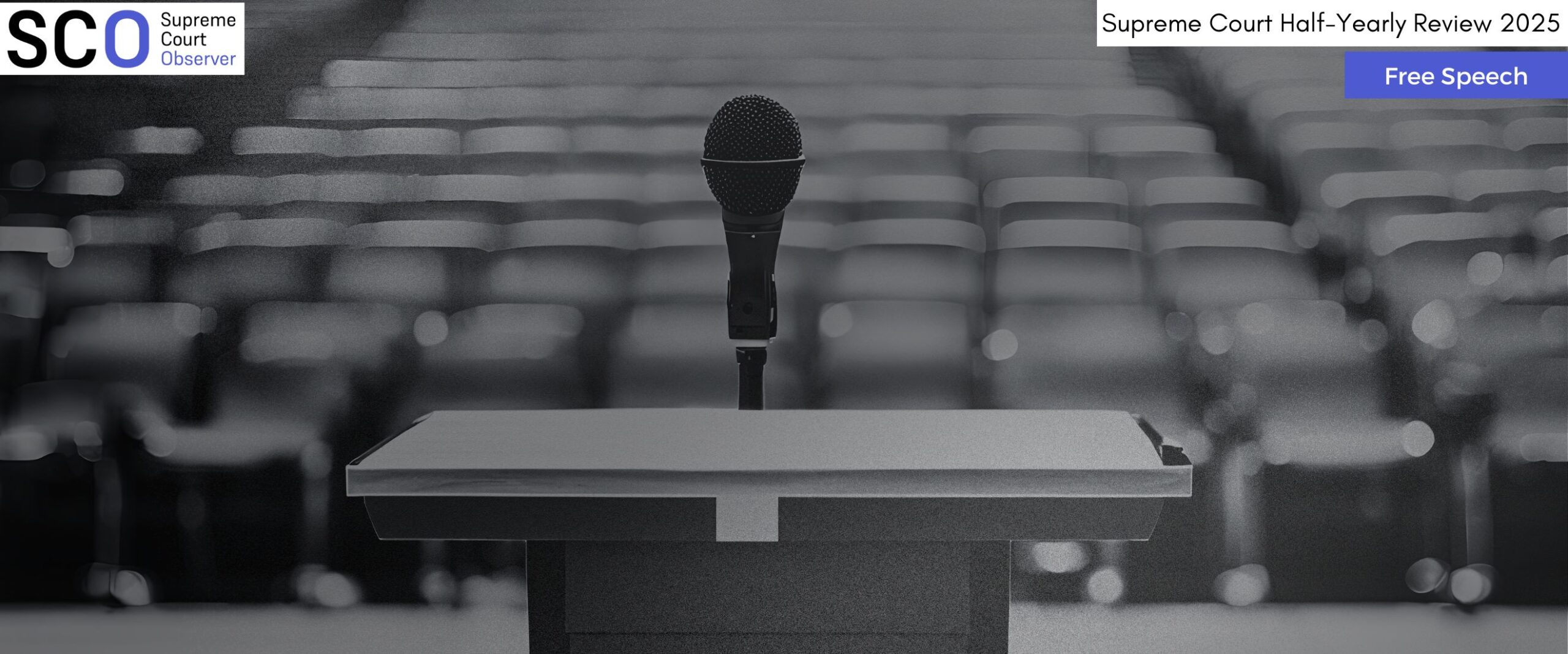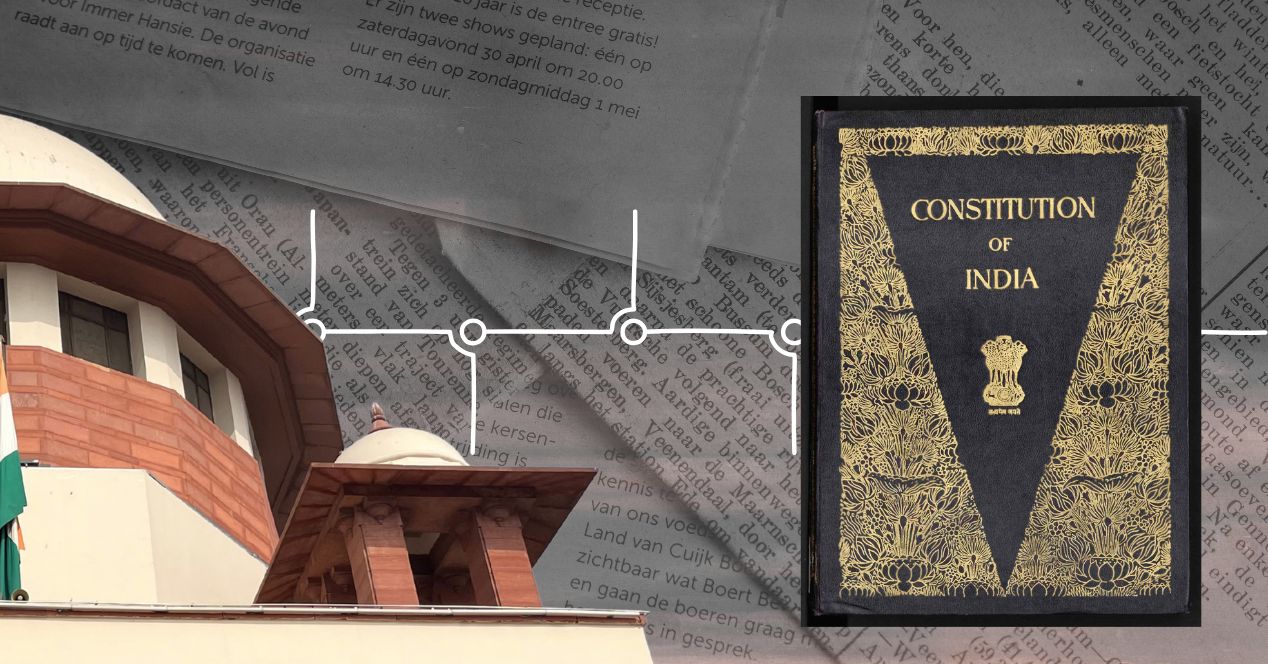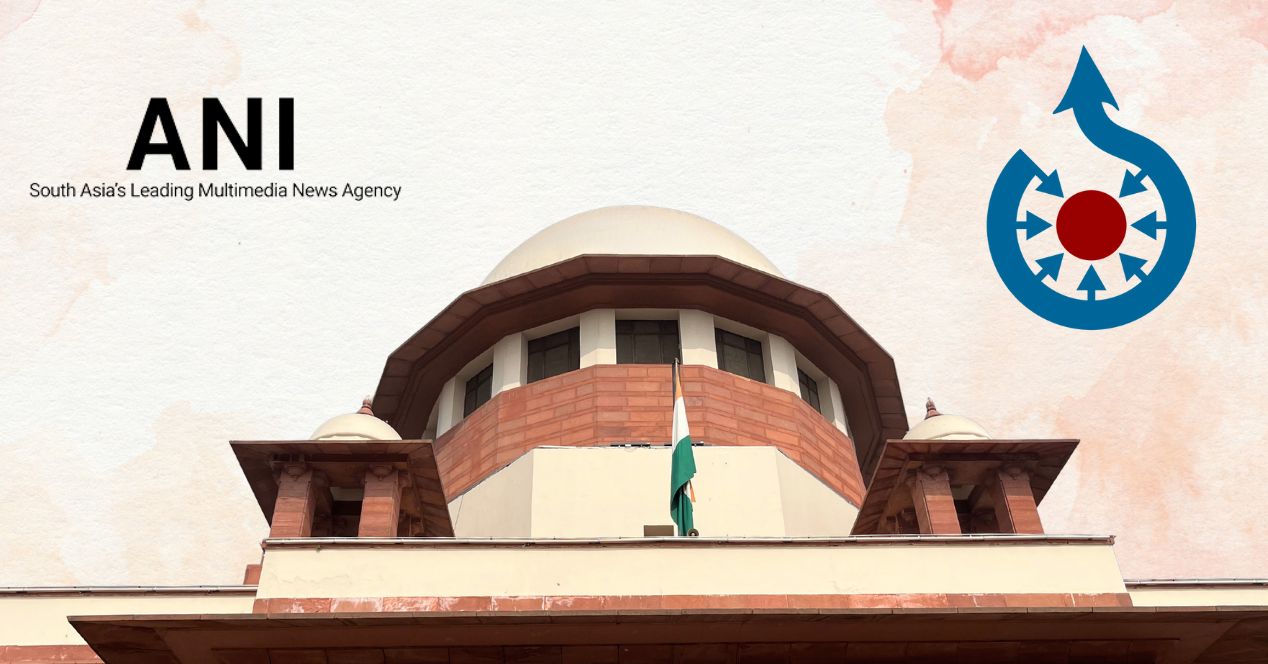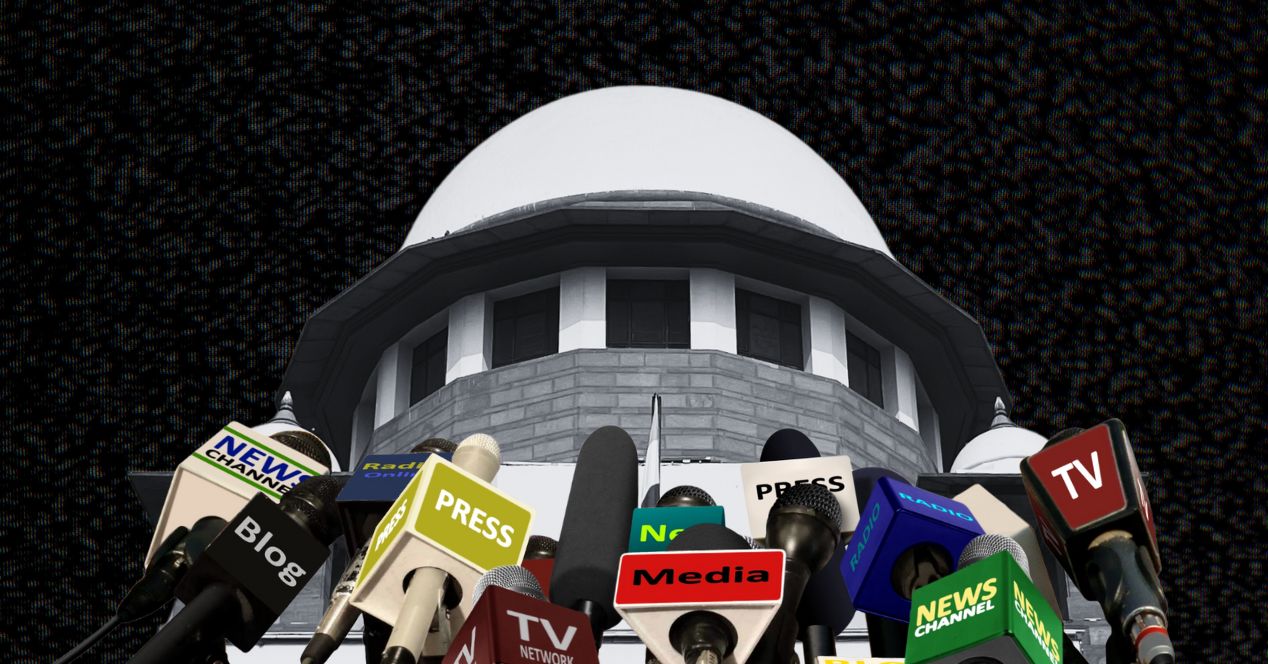Analysis
Supreme Court Half Yearly 2025: Freedom of Speech
The Court acted with a mix of pragamatism and paternalism in free speech cases in the first half of 2025

“Whatever you can rightly say about India, the opposite is also true.” This quote, attributed to British economist Joan Robinson, represents the consistently divergent trends of free speech and expression at the Supreme Court in the year so far.
There was a unique trend of the Court turning jittery about the propriety of speech, rather than its legality. In this article, we highlight the significant decisions on the freedom of speech and expression handed down by the Supreme Court between January and June 2025.
A running joke
In February of 2025, YouTuber Ranveer Allahbadia appeared on India’s Got Latent, an online comedy show hosted by stand-up comic Samay Raina. On the show, Allahbadia made a joke with themes of incest.
Courting controversy, first information reports were registered against Raina, Allahbadia, as well as other panellists on the show. The Chief Minister of Maharashtra threatened action against Allahbadia in particular.
On 18 February 2025, the Supreme Court, led by a Bench of Justices Surya Kant and N.K. Singh granted protection to Allahbadia from further FIRs. However, it orally chastised him for his comments, stating that “there is something very dirty in his mind that has been vomited by way of this program.”
The Court also debated whether it must “hear this kind of person.” “The words you have used will make daughters, sisters, parents and even the society feel ashamed. It shows a perverted mind,” Justice Kant said.
When granting relief, the Court directed that Allahbadia would have to cooperate with the police, not leave the country, deposit his passport and not post any audio or videos on the internet until further orders.
On 3 March 2025, the same Bench permitted him to broadcast ‘The Ranveer Show’ to earn his livelihood. By the end of April, the Bench finally allowed the release of Allahabadia’s passport, as states concluded their investigations.
Poetry in motion
Imran Pratapgadhi, a member of parliament, published a video of himself reciting an Urdu poem. The poem claimed to “embrace injustice with love” and fight against the “bloodthirsty”. An FIR was registered against him for promoting enmity between different communities.
The Supreme Court, comprising Justices A.S. Oka and Ujjal Bhuyan quashed the FIR against him. The Bench reasoned that the poem did not stir communal tensions, nor did it even mention any community at all.
It further held that the police officer must read or hear the words written or spoken and keep in mind the reasonable restrictions under Article 19 of the Constitution before the registration of FIRs.
Prime time
ANI Media, a news channel, initiated proceedings against the Wikimedia Foundation, alleging that certain information presented on Wikimedia was ‘defamatory’. While the proceedings were sub judice before the High Court of Delhi, commentators criticised the court for seeking subscriber details from Wikimedia.
The High Court asked Wikimedia to take down this criticism by its users, holding that it would interfere with its functioning. On 9 May 2025, a Supreme Court Bench consisting of Justices of Oka and Bhuyan handed down judgment on Wikimedia’s appeal.
It held that there must be a “real and substantial risk” that speech interferes with the fairness of the court’s operations before it can be restricted or taken down. It further held that the test of proportionality would have to be applied for such determinations.
What it looks like
A few weeks after the hostilities between India and Pakistan in May 2025 had ceased, Ashoka University professor Ali Khan Mahmudabad made a Facebook post on Operation Sindhoor. Amongst other things, the post called out “right wing commentators” who were applauding Col. Sofia Qureishi, one of India’s spokespersons at government briefings.
In the post dated 8 May, he exhorted commentators to demand protection for victims of “mob lynchings” and “arbitrary bulldozing” due to the BJP’s “hate mongering”. He wrote that the “optics of two women soldiers” must “translate into reality”.
Soon after, on 13 May, the Haryana Women’s Commission issued a notice to Mahmudabad to appear before it and explain why action should not be taken against him for the post. It claimed that the post “disparaged women officers in the Indian Armed Forces” and “promoted communal disharmony”.
After FIRs were registered against him, he was arrested on 18 May. Three days later, a Division Bench of Justices Surya Kant and N.K. Singh granted interim protection to Mahmudabad, releasing him from judicial custody. However, the Bench directed him not to make any speech or posts about the subject matter of the investigation. He was also asked to surrender his passport and cooperate with the investigation.
More dramatically, the Bench directed the creation of a Special Investigation Team (SIT) to “holistically understand the complexity of the phraseology employed and for proper appreciation of some of the expressions used in these two online posts”.
In a subsequent order that month, the Court asked the SIT to limit itself to the FIRs under question. On 16 July 2025, the Court reaffirmed the SIT’s purpose to the social media post’s meaning, prohibting it from summoning Mahmudabad before it anymore. The Bench further clarified that he was free to express his opinions on social media, except for matters sub judice before the Court.
Film-sy protections
On 24 May 2025, Tamil actor Kamal Haasan was speaking at the Chennai audio release for his film ‘Thug Life’. During the event , he had claimed that the Kannada language was “born out of Tamil”.
There was spontaneous furore at this by Kannada activists. The Karnataka Film Chamber of Commerce (KFCC) put out a de facto ban on the release of his film in the state. When this ‘ban’ reached the High Court of Karnataka, it asked the actor to apologise for the remarks made.
In June, this matter reached the Supreme Court. On 19 June, a Bench of Justices Ujjal Bhuyan and Manmohan took the respondents, including Karnataka government and the KFCC, to task on the informal ban on the film. The Bench sought an undertaking from the KFCC that it would not support any informal ban on the film.
It further directed that the Karnataka government ensure action is taken against any person attempting to use violence to prevent the broadcast of the film. Ultimately, it refused to issue any guidelines for such cases, satisfied with the brokered peace deal between all stakeholders instead.
Taking a break
On 30 May 2025, a Partial Court Working Days Bench of the Chief Justice and Justices A.G. Masih and A.S. Chandurkar pulled up journalist Ajay Shukla for his comments on a senior judge of the Court.
Shukla had allegedly made remarks that “are likely to bring disrepute to the august institution of judiciary”. His comments were also considered “defamatory and contemptuous”. Pending the hearing of arguments after the partial working days end, the Court directed YouTube to take down the video.
As criticism mounts at the Supreme Court’s approach towards its own speech, as well as that of its institutional appointees, it must move towards developing a consistent and thus legible standard for regulating speech.
Sarthak is an intern at the Supreme Court Observer.




